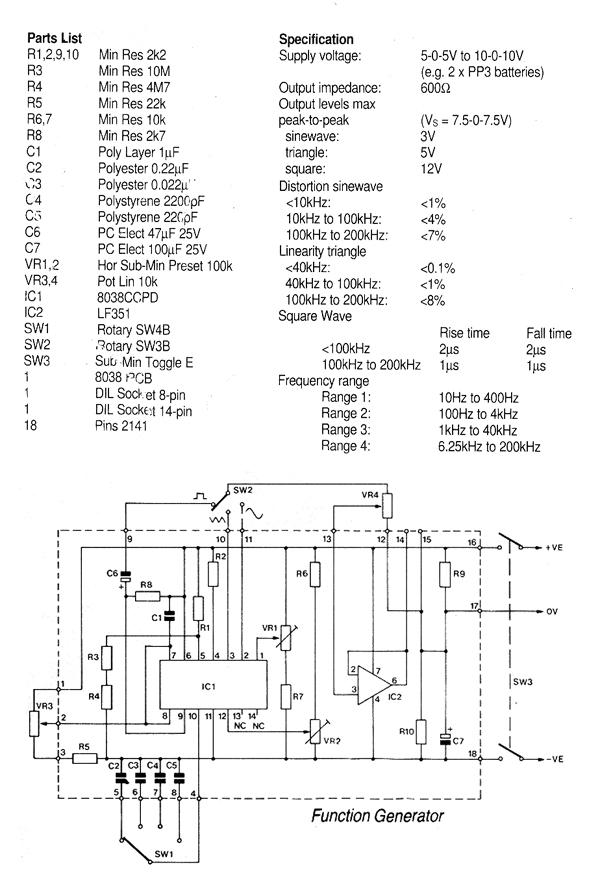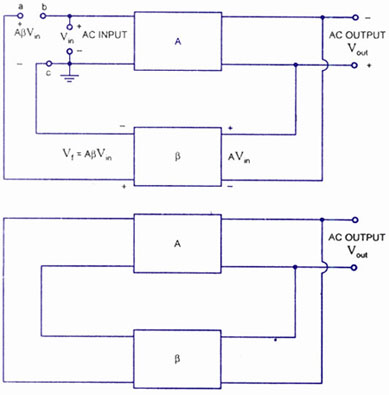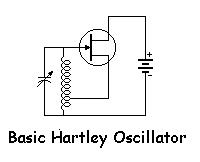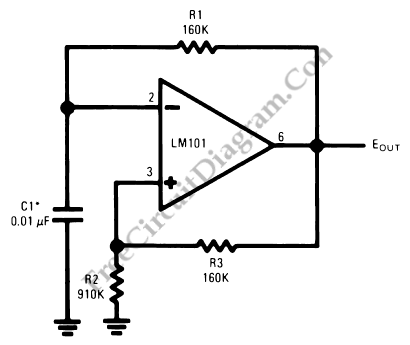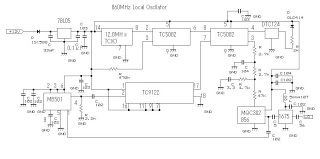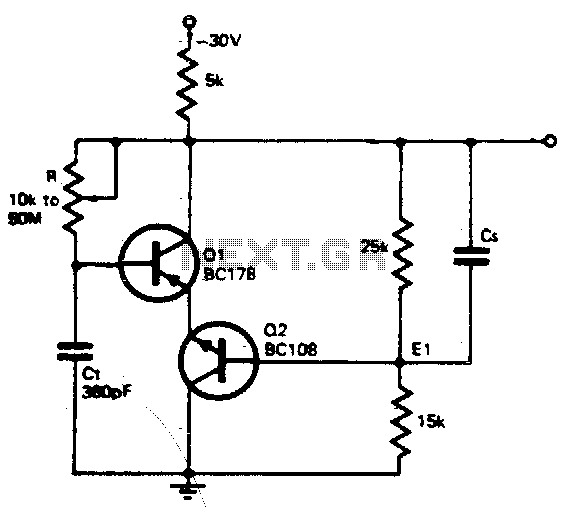
The Colpitts oscillator
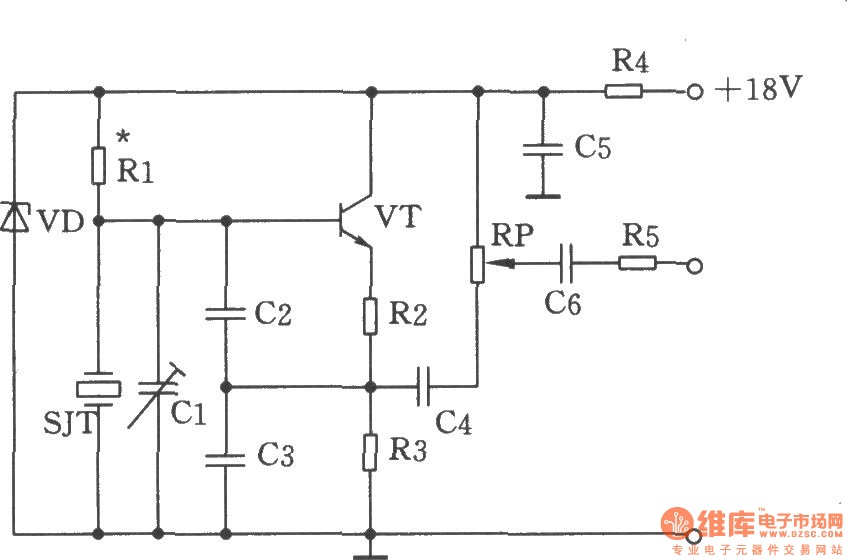
The figure illustrates the Colpitts oscillator circuit, which utilizes a base frequency crystal. The operating frequency is 1499 kHz, with the crystal SJT connected to both ends of capacitors C2 and C3. The emitter divider resistors R2 and R3 supply the necessary feedback signal, while the feedback voltage is regulated by the capacitive dividers C2 and C3. The SJT crystal generates a sine wave signal at 1499 kHz.
The Colpitts oscillator is a type of LC oscillator that generates sine wave signals at a specific frequency determined by the values of its inductors and capacitors. In this circuit, the crystal SJT acts as a frequency-determining element, ensuring stability and precision in the output frequency of 1499 kHz. The capacitors C2 and C3 form a capacitive voltage divider that influences the feedback voltage fed back to the base of the transistor, which is essential for maintaining oscillation.
The resistors R2 and R3 serve as part of the emitter feedback network. They create a voltage divider that provides a portion of the output signal back to the input, which is crucial for sustaining oscillation. The interaction between the capacitors and the resistors enables fine-tuning of the feedback level, thereby stabilizing the oscillation amplitude.
The output of the Colpitts oscillator is a sine wave signal, which can be accessed at the collector of the transistor. This output can be utilized in various applications, including signal generation, clock pulses for digital circuits, and as a local oscillator in radio frequency (RF) applications. The design parameters, such as the values of the capacitors and resistors, can be adjusted to achieve the desired frequency and output characteristics, making the Colpitts oscillator a versatile choice for frequency generation in electronic circuits.Figure shows the Colpitts oscillator circuit. It has a base frequency crystal, and the frequency is 1499 kHz, crystal SJT is connected to the both ends of capacitor C2, C3. Emitter divider resistor R2, R3 provide basic feedback signal, the feedback voltage is controlled by the capacitive dividers C2, C3.
SJT crystal provides l499kHz sine wave signal for the.. 🔗 External reference
The Colpitts oscillator is a type of LC oscillator that generates sine wave signals at a specific frequency determined by the values of its inductors and capacitors. In this circuit, the crystal SJT acts as a frequency-determining element, ensuring stability and precision in the output frequency of 1499 kHz. The capacitors C2 and C3 form a capacitive voltage divider that influences the feedback voltage fed back to the base of the transistor, which is essential for maintaining oscillation.
The resistors R2 and R3 serve as part of the emitter feedback network. They create a voltage divider that provides a portion of the output signal back to the input, which is crucial for sustaining oscillation. The interaction between the capacitors and the resistors enables fine-tuning of the feedback level, thereby stabilizing the oscillation amplitude.
The output of the Colpitts oscillator is a sine wave signal, which can be accessed at the collector of the transistor. This output can be utilized in various applications, including signal generation, clock pulses for digital circuits, and as a local oscillator in radio frequency (RF) applications. The design parameters, such as the values of the capacitors and resistors, can be adjusted to achieve the desired frequency and output characteristics, making the Colpitts oscillator a versatile choice for frequency generation in electronic circuits.Figure shows the Colpitts oscillator circuit. It has a base frequency crystal, and the frequency is 1499 kHz, crystal SJT is connected to the both ends of capacitor C2, C3. Emitter divider resistor R2, R3 provide basic feedback signal, the feedback voltage is controlled by the capacitive dividers C2, C3.
SJT crystal provides l499kHz sine wave signal for the.. 🔗 External reference
